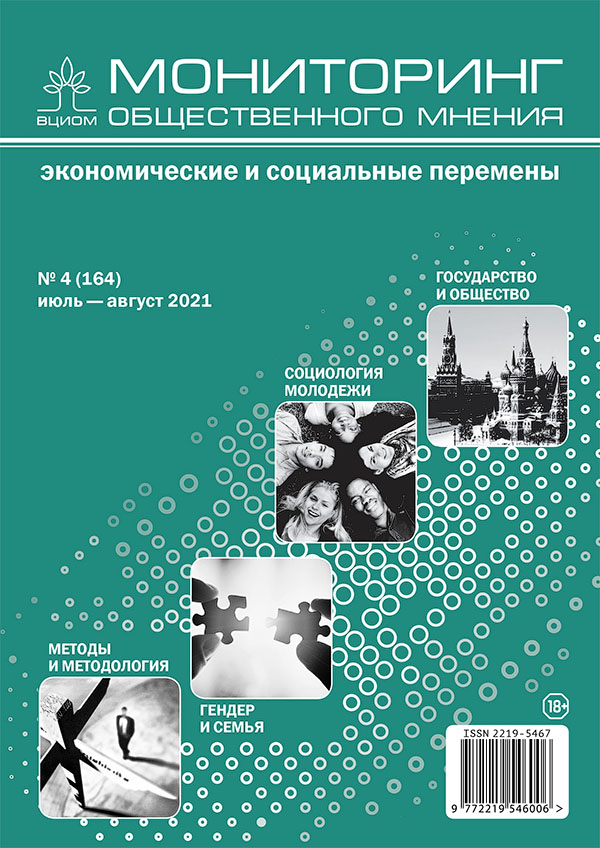Причины бегового бума 2010-х: кейс-стади крупнейшего марафона России
DOI:
https://doi.org/10.14515/monitoring.2021.4.1925Ключевые слова:
беговой бум, марафон, массовый спорт, кейс-стади, социология спорта, джентрификация спорта, коммерциализация спорта, управление спортом, фитнес-бумАннотация
В статье изучен кейс трансформации крупнейшего марафона России (в 1981—2012 гг. Московский международный марафон мира, с 2013 г. — Московский марафон). С 2011 по 2016 г. число его участников выросло в восемь раз. Масштабность изменений заставляет говорить о фитнес-буме 2010-х годов. Пресса присуждает лавры успеха возникшему малому бизнесу по организации массовых событий — но заслуженно ли?
Методы исследования: анализ беговой статистики и документов — календарей, результатов и положений массовых забегов; анализ публикаций в прессе и интернете; включенное наблюдение в практике бега.
Результаты кейс-стади выявили четыре ведущих фактора бегового бума. Во-первых, это наследие фитнес-бума 1970-1980-х годов, позволяющее говорить о 2010-х как о второй волне. Во-вторых, кампании по популяризации массового бега транснациональных брендов Nike и Adidas, создавшие «точку входа» в практику массового бега. Подробно описана кампания Nike We Run Moscow 2010-2015. В-третьих, трансформация медиасреды, облегчившая распространение этих кампаний. В-четвертых, изменение локальной политической конъюнктуры, повлиявшее на траекторию бума. Следствием первоначального роста и еще одним дополнительным фактором фитнес-бума действительно стали «предприниматели от бега», но их появление связано с перераспределением административных ресурсов, а не с открытием «новой ниши». Возникли побочные эффекты предпринимательства: джентрификация бега, коммерциализация с 18-кратным ростом взносов, снижение доступности участия.
Обсуждение развивает дискуссию о моделях спорта. Мы полагаем, что пропагандировать «физкультуру ради здоровья» беспредметно, а причина низкого уровня вовлеченности — сложившаяся проолимпийская модель, дисфункциональная для неэлитного спорта. Необходимо внедрение экспрессивной модели и репозиционирование массового спорта, что отчасти уже произошло. Процесс коммерциализации массового бега позволяет задать вопрос о расхождении дискурса власти (на развитие спорта) и реальной ситуации.
Загрузки
Опубликован
Как цитировать
Выпуск
Раздел
Лицензия
Copyright (c) 2021 Мониторинг общественного мнения: экономические и социальные перемены

Это произведение доступно по лицензии Creative Commons «Attribution-NonCommercial-ShareAlike» («Атрибуция — Некоммерческое использование — На тех же условиях») 4.0 Всемирная.






